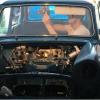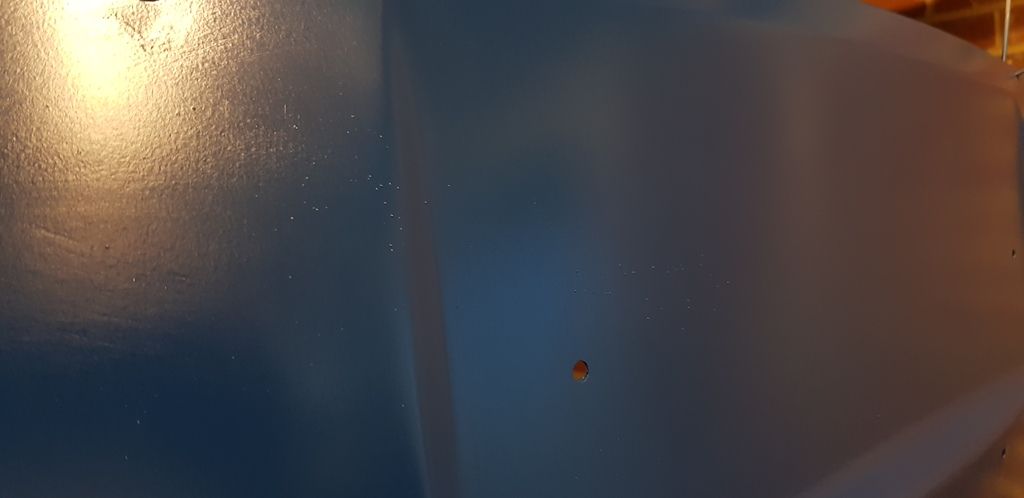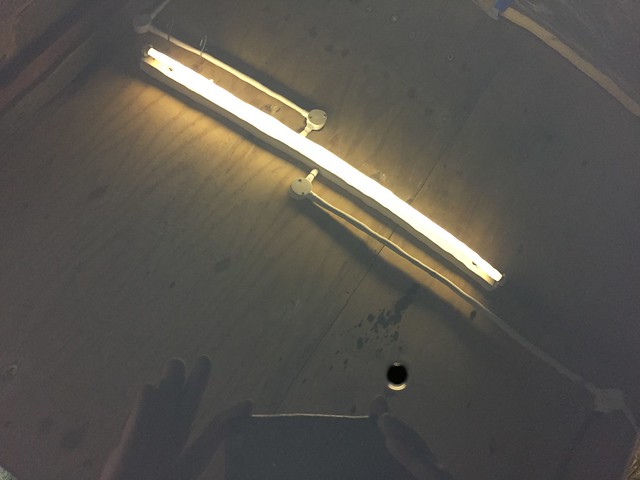Hi all,
So I decided yesterday to get a little bit of practice spraying before letting loose on the mini. Overall it went pretty good. However I have ended up with these little pimples in quite a few places on the panel.
They appear to be paint, my thoughts are that the paint was not 100% mixed resulting in these pimples. I'm spraying celly, at first I thought it might be oil or water but after closer inspection I'm certain its paint, plus the water trap wouldn't be doing its job otherwise.
So if anyone's able to confirm my thoughts and also how to get rid of them! I'm hoping that as the cars going to be cut and polished, I can ignore them for now and apply lacquer, then when the 1500 wet and dry paper goes over them It'll flatten them out and you'll never know they're there.
If someones able to help with this, it would be grand.
cheers
Jacob
















